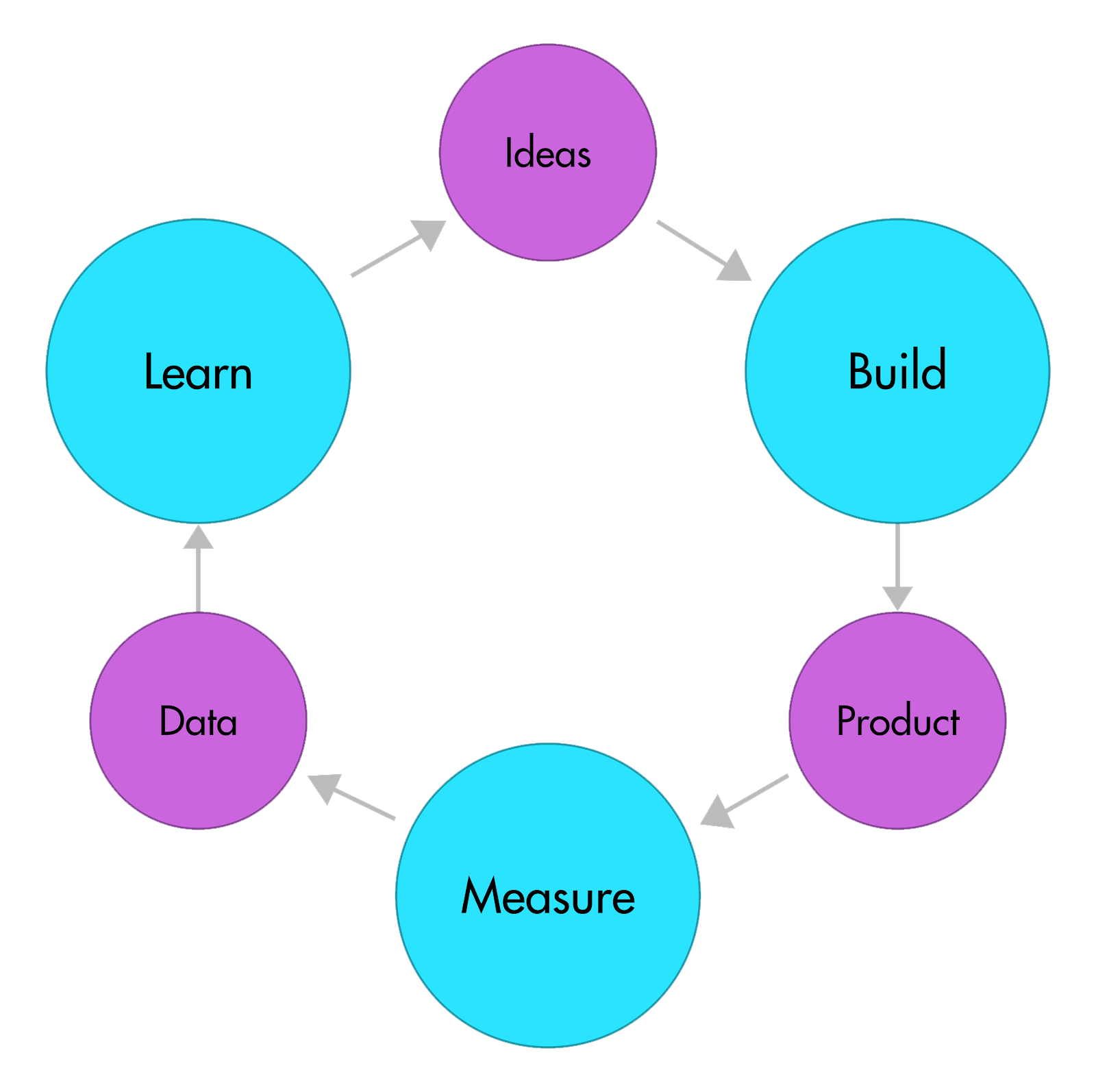What is a Lean Startup Canvas?
The Lean Startup Canvas (or Lean Canvas) adapts the Business Model Canvas to the Lean Startup method. It’s an ideal tool for entrepreneurs or intrapreneurs looking to formalize or iterate on new business ideas. The canvas is made up of nine sections to be completed in the following order:
- Identify your target customers
- Call out the user problems your product will address
- Hone in on your product’s unique value proposition
- Illustrate how your product’s features will solve user problems (from Step 2)
- Highlight the marketing channels you’ll use to promote your product
- Establish your product’s potential revenue streams
- Develop your product’s suggested cost structure
- Select the key metrics you’ll use to measure success
- Identify the unfair advantage your product has against the competition

The Lean Startup Canvas methodology is perfect for launching new and innovative products. It creates a simple, yet comprehensive framework for building a clear vision, establishing a problem-solution hypothesis, and identifying the key metrics that will ultimately be used to measure a product’s long-term success.
It’s important to note that this technique is 100% iterative. Your Lean Startup Canvas should be updated regularly throughout the product development process to ensure that the product hypothesis takes into account everything you’ve learned in between iterations.
What does the Lean Startup method entail
First introduced by Eric Ries in his best-seller, “The Lean Startup”, this methodology was designed specifically to help entrepreneurs avoid wasting time building products that nobody wants. The primary goal of this framework is “to figure out the right thing to build—the thing customers want and will pay for—as quickly as possible.”
The Lean Startup method is essentially a feedback loop made up of three key stages:
- Build: This stage is about building a basic product that allows you to test various business hypotheses. This product is called the MVP (minimum viable product).
- Measure: This stage is dedicated to gathering real-time user data to help you better understand how real customers are actually using your product (in MVP form).
- Learn: This stage not only allows you to learn from the data collected but then also apply those learnings to future iterations of your product.

In addition to these three stages, Ries calls out two more elements that are critical for completing the full feedback loop effectively:
- Validated Learning: A business or product hypothesis that gets validated based on the data collected between two iterations of the product.
- Innovation Accounting: Enables a startup to “create useful metrics that offer insight into user engagement, product-market fit, and scalability.” Once an MVP is built, performance has been measured across key metrics, and a few rounds of product iterations have taken place, the startup must decide whether it’s time to ‘pivot’ (i.e. change strategy) or continue moving in the same strategic direction.

As a final thought on how to leverage the Build-Measure-Learn feedback look, Ries explains:
“Although we write the feedback loop as Build-Measure-Learn because the activities happen in that order, our planning really works in the reverse order: We figure out what we need to learn, use innovation accounting to figure out what we need to measure—to know if we are gaining validated learning—and then figure out what product we need to build to run that experiment and get that measurement.”
Suggested resources to learn more about the Lean Startup Canvas
- An Introduction to Lean Canvas by Steven Mullen, Sales & Marketing specialist
- 5 Lean Canvas Examples of Multi-Billion Startups by Shymansky Stanislav, seasoned Product Manager at Railsware
- A video from ChannelX YouTube Channel presenting a Practical example of filling in the Lean Canvas for a new business idea
